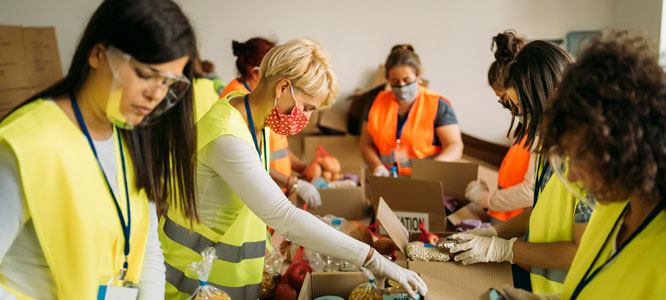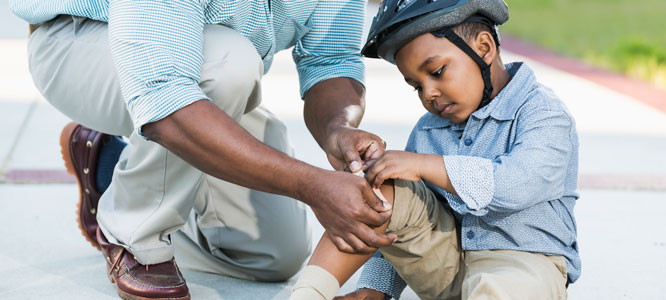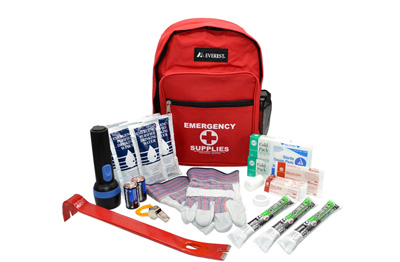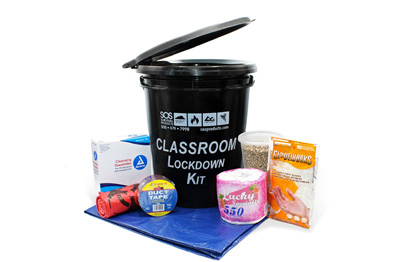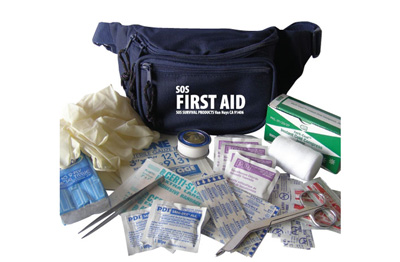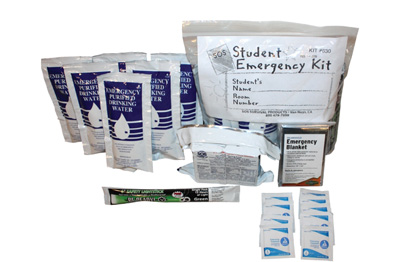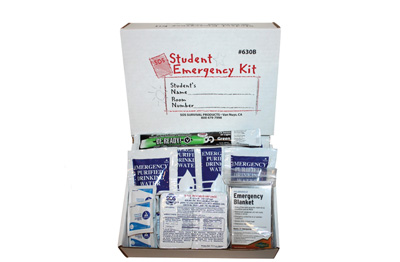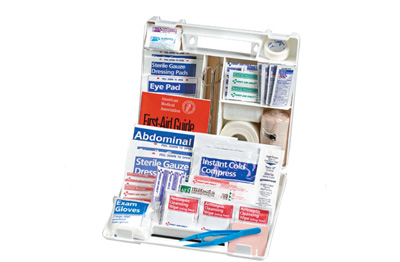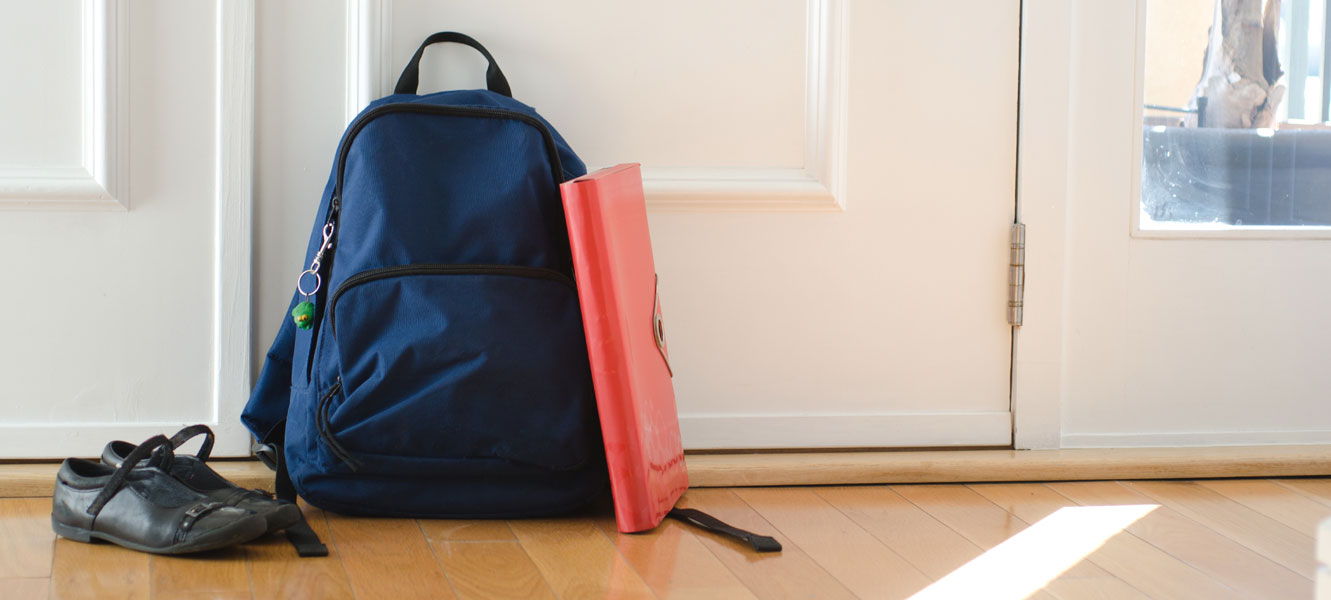
School Emergency PreparationTuesday, September 4, 2018 In any emergency, the key to your survival success is preparedness. By preparing for a range of potential emergency events and equipping yourself or your home with proper emergency essentials, you'll be able to maximize your success whether you need to evacuate your home, stay while an emergency passes, or you become trapped. You don't have to purchase thousands of dollars with of survival products to maximize success in an emergency. The foundation of preparedness is simply a plan. You and your family may already have a plan in the event a disaster should occur and you're all at home or on the road together, however, it's just as important to have a plan should you not be in the same area. While you might initially find it difficult to begin the conversation about emergencies with our children, having these conversations early and regularly will equip them with essential knowledge for survival when you're not around. The end of summer brings a range of changes, and one of these is the start of a new school year. Your child might be starting school for the first time or returning for his or her second, third, or fourth year already. Regardless of age, now is a good time to help your kids prepare for emergencies. Power begins with knowledge, so to start it's important to simply teach your children about disasters that could occur in your area. Your family should already have a fire emergency evacuation plan in place at home and practice drills at school, however, many drills neglect to prepare children fully for a range of emergencies in ways that help them to think critically about their own safety or the safety of others when an event occurs. Teach your children about natural hazards that can occur while they're at school in ways they can understand, then make a plan they can follow and practice its steps regularly. It's important not to overwhelm or frighten your children with information; break your lessons about emergencies up into small increments to help them first learn about the disaster and then how to appropriately respond to it. There is a wide range of literature and other media available for parents and their children, including this fun game powered by ready.gov, which lets children test their natural disaster knowledge online. Involving your children in every step of the process will allow them to feel a sense of pride and responsibility. By giving your children digestible and age-appropriate information, and allowing them to help in each step of the planning process, you will help them to act safely and responsibly should an emergency occur. Together with your child, create an official communications plan, identify what should go into an emergency kit and practice and revise your plans and kits to improve them along the way. Help your child create proper responses for a range of emergency cases such as fires, earthquakes or extreme weather, including how to find alternate routes for escape or what it takes to staying in place if escape isn’t possible. A simple emergency kit such as this one provides 25 oz. of water, an emergency blanket, one glow stick, nine wet wipes and a 2,400-calorie food bar. This affordable kit can easily be stowed in a locker or desk and made accessible should an emergency occur. Talking to your child about an active shooting scenario is an unfortunate but necessary part of today's student life. While this type of emergency situation is doubtlessly not comparable to a natural disaster and may be much more difficult to talk about, preparing for it is not dissimilar to preparing for an earthquake or a tornado. Learning about natural disasters has significant applications for managing an attack caused by humans. The key for both is to be prepared. This situation in which your child may be locked down with other students for extended periods of time can be unsettling for children and parents. Listen to your child’s fears and validate his or her responses. Teddy is Ready provides information for parents regarding how to prepare children for active shooters. Talk to your school about providing lockdown kits to each classroom in order to minimize additional trauma in case of classroom confinement. These affordable all-in-one kits provide bathroom essentials when regular facilities are unavailable. For any disaster, it's important to create a plan that takes various possible obstacles into account and practices a safe evacuation for each. Your plan should look at alternate routes for escape as well as safe meeting places to reunite with teachers or family. A good communications system will keep everyone updated and away from danger. Finally, discuss the possibility of sheltering in place, if evacuation isn't possible or too risky. |


